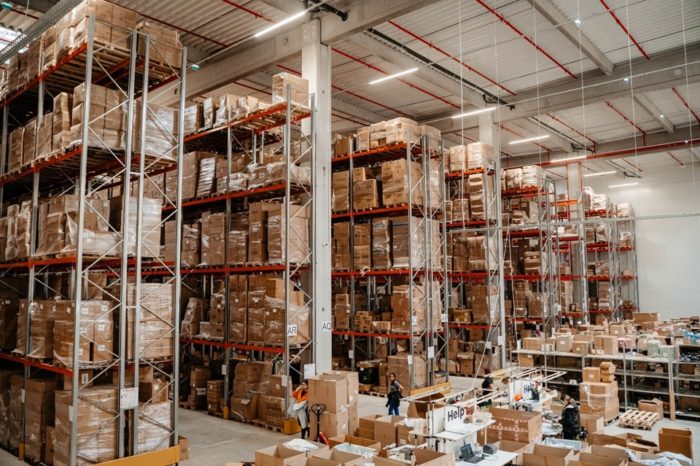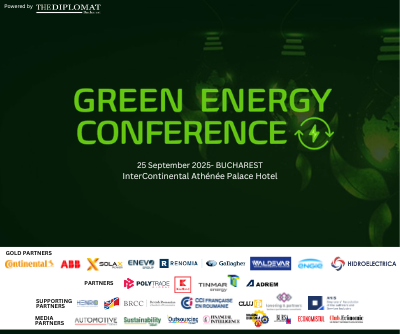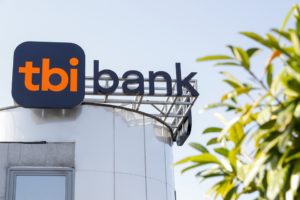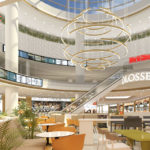Colliers: Romania leads EU in non-food retail growth, with consumption at historic highs and still significant potential for expansion
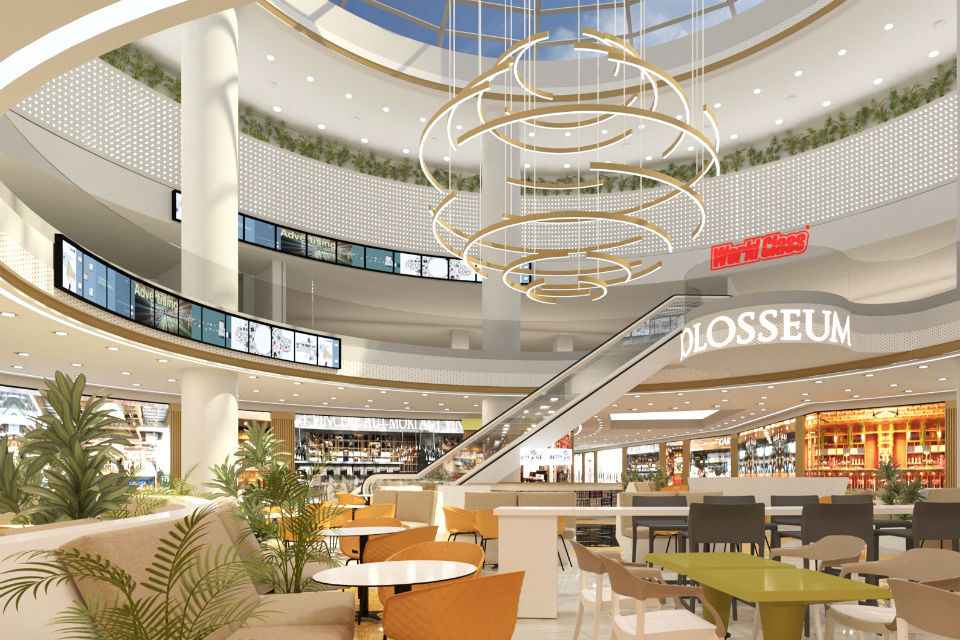
Consumption levels reached an all-time high in 2024, with the retail market showing significant potential for further growth if current trends persist, according to Colliers experts in their analysis of the sector. Eurostat data reveals a 13 percent year-on-year increase in non-food purchases this year, bringing sales to 60 percent above the 2018-2019 average. Romania is recording a 58 percent increase in the volume of non-food retail sales, the highest in the European Union, highlighting the significant growth potential of the local retail market.
Modern shopping centres with a total leasable area of more than 160,000 square metres were built this year, according to preliminary data from Colliers consultants, who point out that the local market still offers significant growth potential. Pitesti was in the spotlight in 2024, attracting almost 45 percent of the new space added to the national stock, which reached around 4.7 million square metres. This remarkable performance was underpinned by two major projects: the Argeș Mall, developed by Prime Kapital/MAS REI, and M Park Pitești, developed by Mitiska.
The new projects are well received by the market and there continues to be strong tenant interest in store openings. Vacancy rates remain low in the dominant projects, with waiting lists in some of the most popular malls. A preliminary estimate for 2025 is for around 200,000 square metres of new deliveries, including the 62,000 square metre expansion of the Mall of Moldova in Iasi by Prime Kapital/MAS REI. Thus, by the end of 2026, Romania could exceed the threshold of 5 million square metres of retail space, marking an important moment in the market from the point of view of developers and investors.
According to Eurostat data, retail companies in Romania achieved a gross operating margin of approximately 9 percent in 2022, outperforming countries like the Netherlands, Germany, and Poland. This favourable environment has attracted several international brands to open their first physical stores in Romania in 2024, having previously been present only through multi-brand retailers or online sales. New entrants include Rituals Cosmetics and Kiko Milano in the cosmetics sector, Budmil and Bogner in the fashion sector, as well as Happy Restaurants and Hesburger in the restaurant sector. Additionally, Poland’s largest food retailer specializing in proximity concepts, Żabka, has entered the local market this year with its Froo brand.
In real terms, adjusted for inflation, data from the National Institute of Statistics indicate that the purchasing power of the average Romanian has doubled between 2014 and the present. Despite the uncertainty brought by the pandemic years, the resources accumulated prior to this period enabled Romania to maintain strong performance. According to Eurostat, Romania recorded a 58 percent increase in turnover in the non-food retail sector, the highest in the European Union. In comparison, other countries such as Poland (+40 percent), Hungary (+14 percent), and the Czech Republic (+10 percent) experienced significantly lower growth.
“This trend highlights the growing appeal of the Romanian retail market, which continues to draw renowned international players. The retail sector has once again become an attractive target for acquisitions. Not only in Romania, but also globally, investors are increasingly focusing on this asset class, which has proven its resilience during the pandemic. In Romania, growth remains strong, fueling a relatively busy calendar of transactions involving commercial assets. Over the past two years, the retail sector has accounted for approximately 40 percent of all investment transactions in the country”, says Simina Niculita, Director | Partner | Retail Agency at Colliers.


